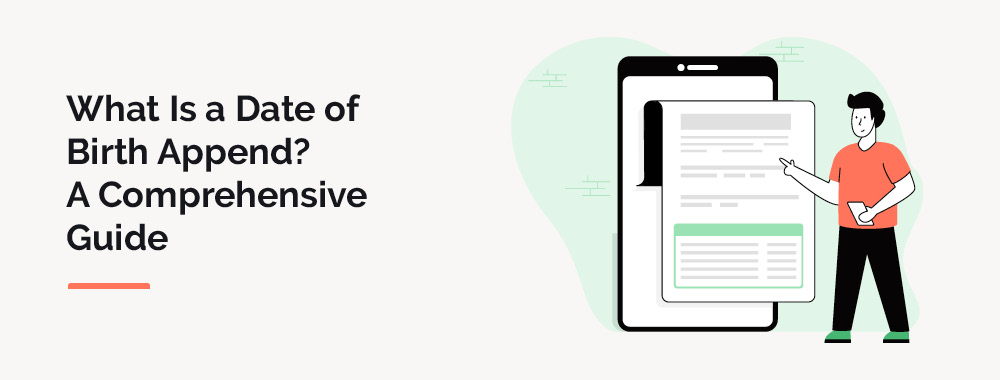
What Is a Date of Birth Append? A Comprehensive Guide
When collecting information from your supporters, you'll probably…
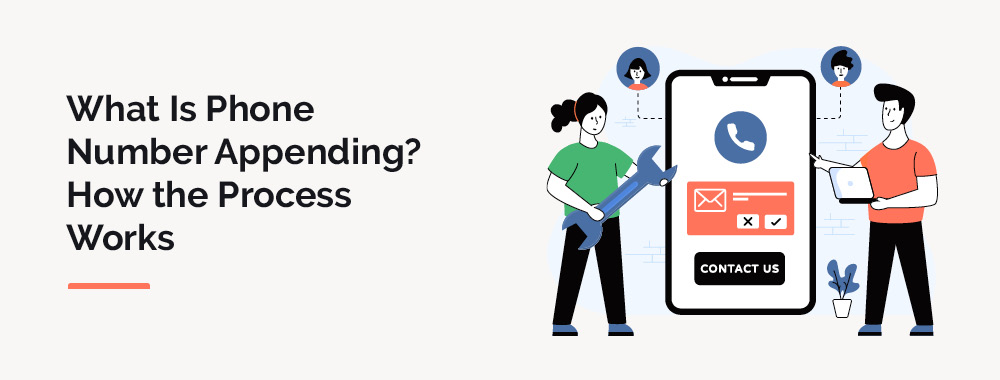
What Is Phone Number Appending? How the Process Works
These days, people are glued to their phones, and most would…
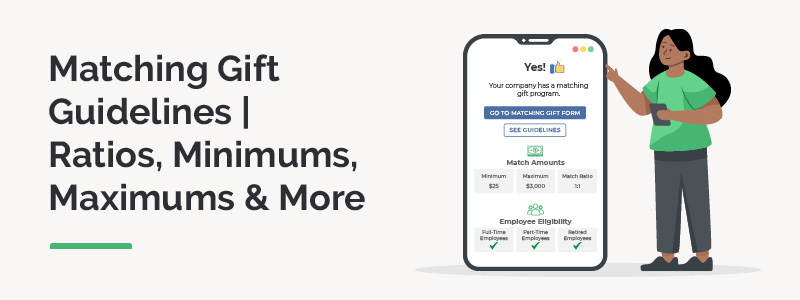
Matching Gift Guidelines | Ratios, Minimums, Maximums & More
Thousands of companies match donations made by employees to a…

What Is an Address Append? Ultimate Guide for Nonprofits
As a nonprofit professional, you know that reaching out to your…
![How to Identify Corporate Partnerships [With Double the Donation]](https://doublethedonation.com/wp-content/uploads/2022/07/DTD_How-to-Identify-Corporate-Partnerships-With-Double-the-Donation_Feature.png) https://doublethedonation.com/wp-content/uploads/2022/07/DTD_How-to-Identify-Corporate-Partnerships-With-Double-the-Donation_Feature.png
600
1600
Adam Weinger
https://doublethedonation.com/wp-content/uploads/2025/11/DTD-horizontal-logo-300x63.png
Adam Weinger2022-07-01 18:26:152025-11-19 06:42:03How to Identify Corporate Partnerships [With Double the Donation]
https://doublethedonation.com/wp-content/uploads/2022/07/DTD_How-to-Identify-Corporate-Partnerships-With-Double-the-Donation_Feature.png
600
1600
Adam Weinger
https://doublethedonation.com/wp-content/uploads/2025/11/DTD-horizontal-logo-300x63.png
Adam Weinger2022-07-01 18:26:152025-11-19 06:42:03How to Identify Corporate Partnerships [With Double the Donation] https://doublethedonation.com/wp-content/uploads/2022/06/Nonprofit-graphic-design-tools_Feature-1.jpg
380
1000
Adam Weinger
https://doublethedonation.com/wp-content/uploads/2025/11/DTD-horizontal-logo-300x63.png
Adam Weinger2022-06-29 15:59:592024-04-30 21:25:4912 Best Nonprofit Graphic Design Tools to Amplify Your Cause
https://doublethedonation.com/wp-content/uploads/2022/06/Nonprofit-graphic-design-tools_Feature-1.jpg
380
1000
Adam Weinger
https://doublethedonation.com/wp-content/uploads/2025/11/DTD-horizontal-logo-300x63.png
Adam Weinger2022-06-29 15:59:592024-04-30 21:25:4912 Best Nonprofit Graphic Design Tools to Amplify Your Cause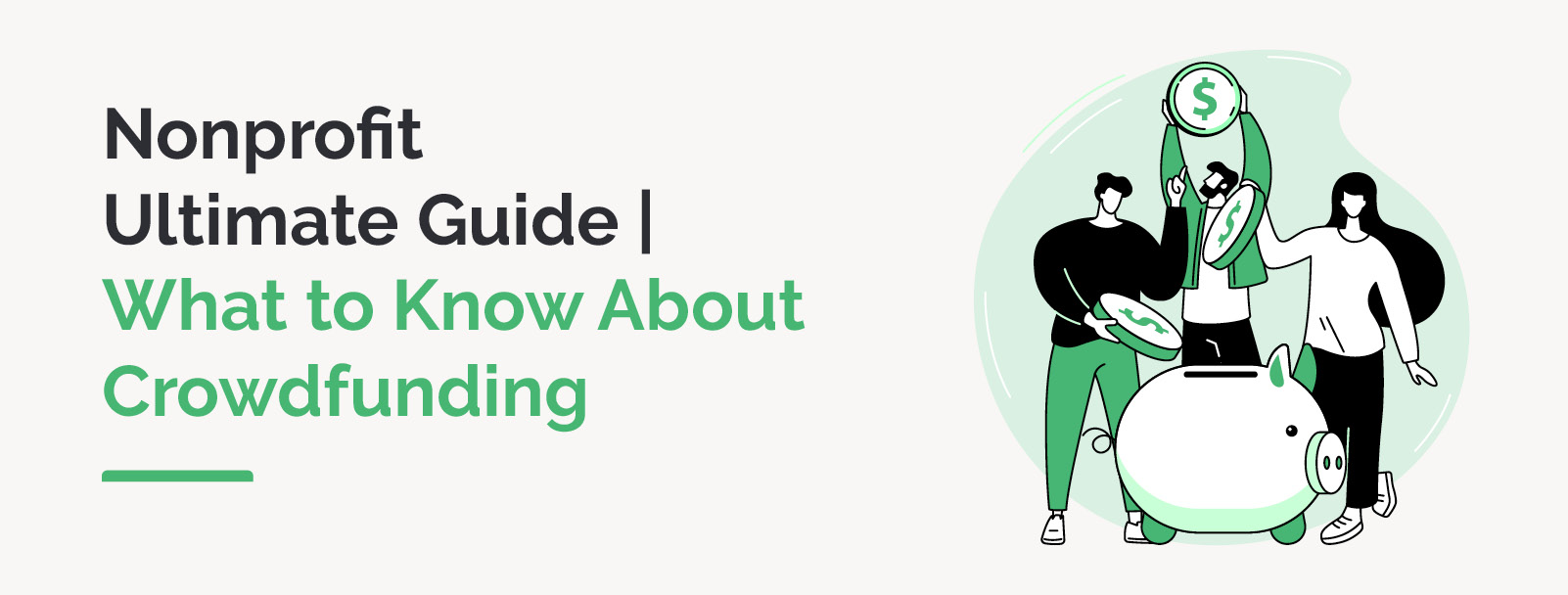
Nonprofit Ultimate Guide | What to Know About Crowdfunding
Every fundraiser aims to meet essentially the same goal: to raise…
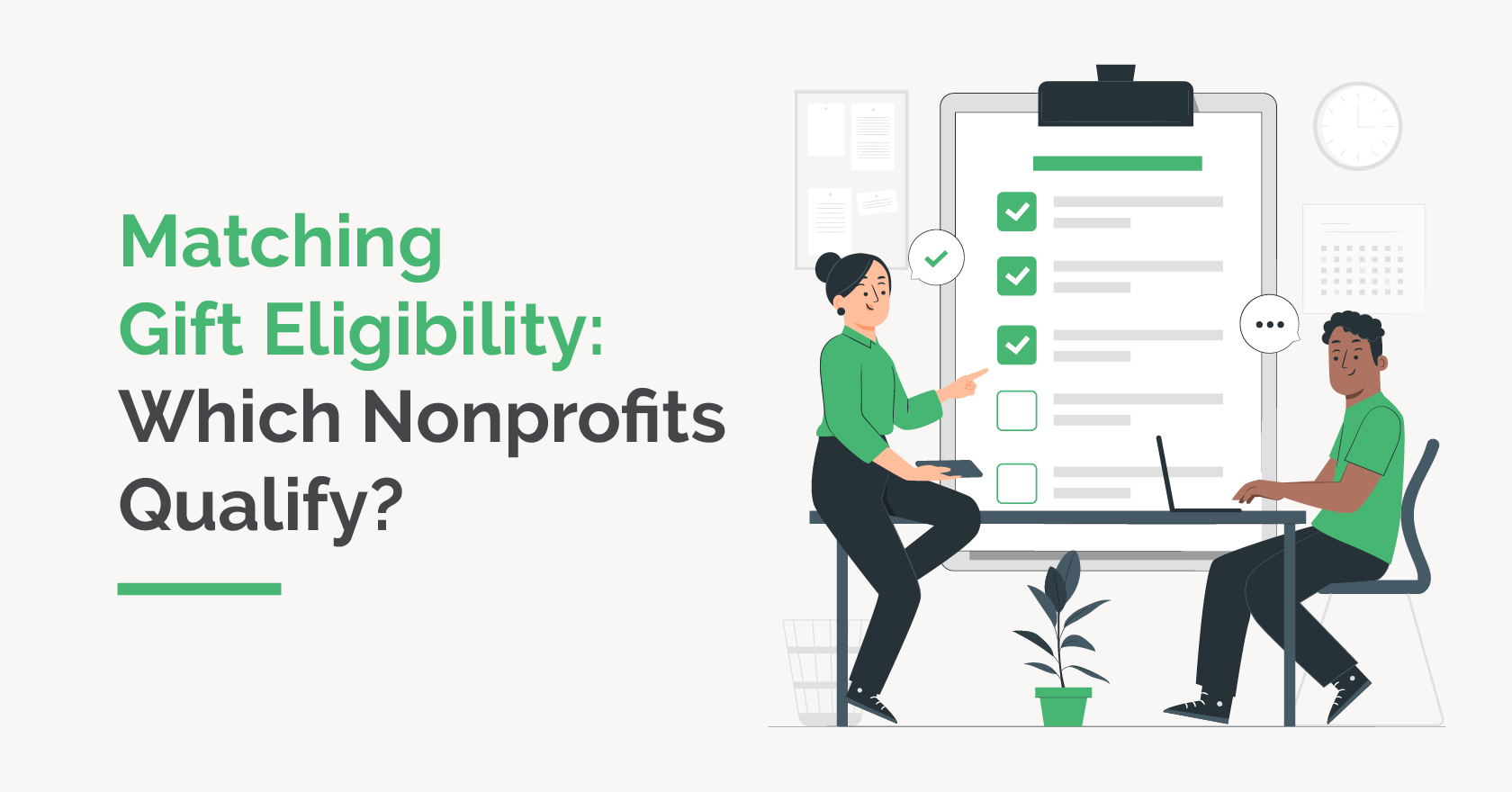
Matching Gift Eligibility: Which Nonprofits Qualify?
As a nonprofit professional, you likely know that matching…
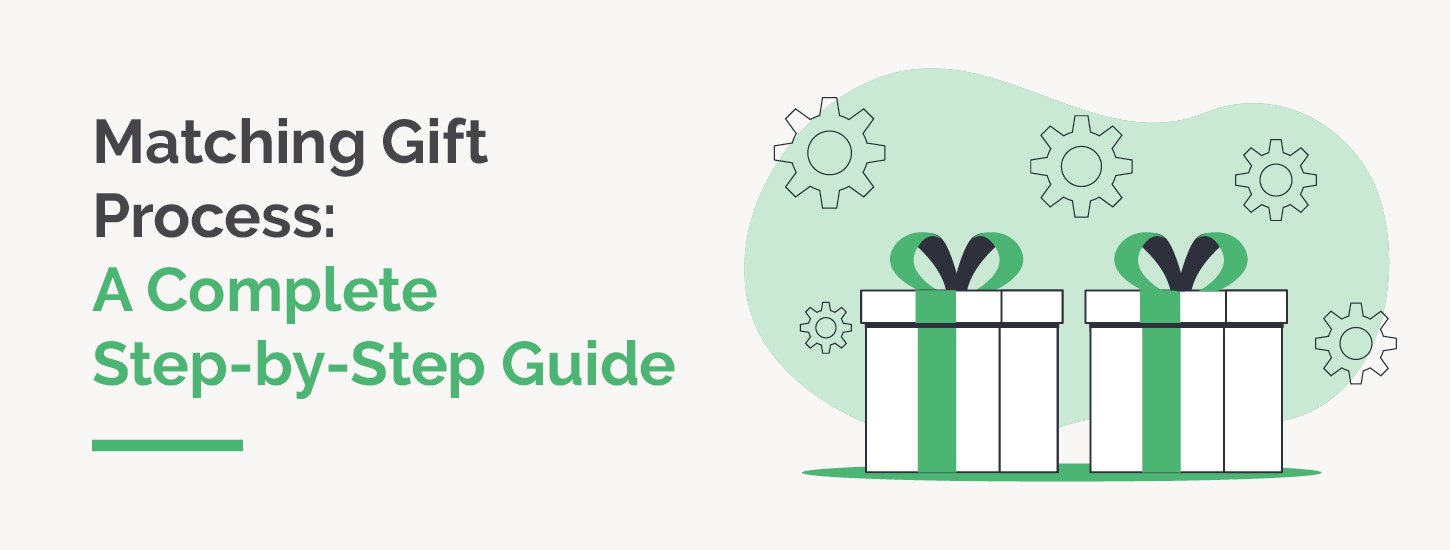
Matching Gift Process | A Complete Step-by-Step Guide
As one of the most popular forms of corporate philanthropy, matching…
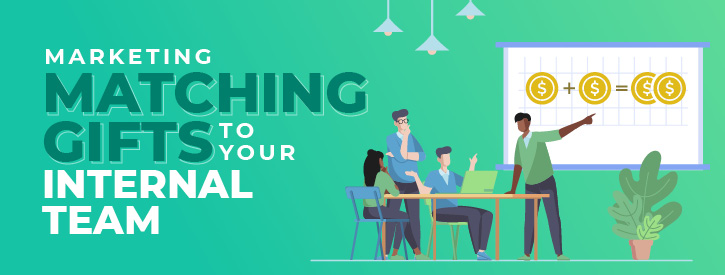 https://doublethedonation.com/wp-content/uploads/2022/05/DTD_Marketing-Matching-Gifts-To-Your-Internal-Team_Feature-1.jpg
275
725
Adam Weinger
https://doublethedonation.com/wp-content/uploads/2025/11/DTD-horizontal-logo-300x63.png
Adam Weinger2022-05-12 13:45:192025-11-19 13:09:00Marketing Matching Gifts To Your Internal Team
https://doublethedonation.com/wp-content/uploads/2022/05/DTD_Marketing-Matching-Gifts-To-Your-Internal-Team_Feature-1.jpg
275
725
Adam Weinger
https://doublethedonation.com/wp-content/uploads/2025/11/DTD-horizontal-logo-300x63.png
Adam Weinger2022-05-12 13:45:192025-11-19 13:09:00Marketing Matching Gifts To Your Internal Team
